(Nevada County)
Species / Location
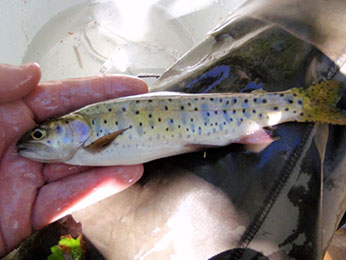 Figure 1. Lahontan cutthroat trout from an unnamed tributary to East Fork Creek. CDFW photo John Hanso.
Figure 1. Lahontan cutthroat trout from an unnamed tributary to East Fork Creek. CDFW photo John Hanso.
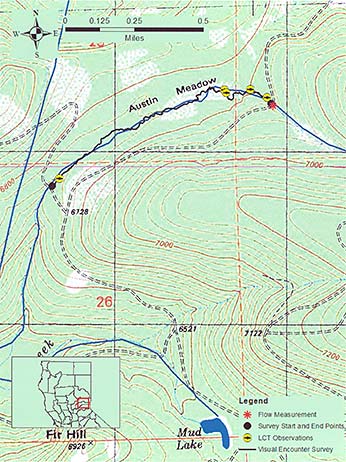 Figure 2. Austin Meadow Creek, Nevada County. (click/tap to enlarge)
Figure 2. Austin Meadow Creek, Nevada County. (click/tap to enlarge)
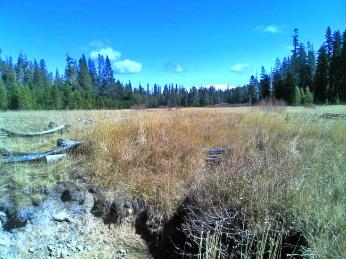 Figure 3. Austin Meadow Creek on October 20, 2015. CDFW photo John Hanson.
Figure 3. Austin Meadow Creek on October 20, 2015. CDFW photo John Hanson.
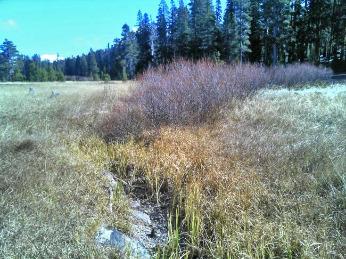 Figure 4. Austin Meadow Creek on October 20, 2015. CDFW photo John Hanson.
Figure 4. Austin Meadow Creek on October 20, 2015. CDFW photo John Hanson.
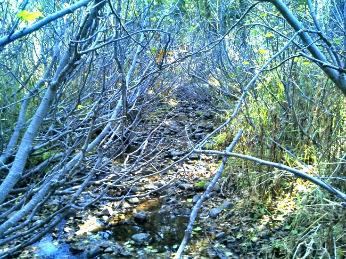 Figure 5. Austin Meadow Creek on October 20, 2015. CDFW photo John Hanson.
Figure 5. Austin Meadow Creek on October 20, 2015. CDFW photo John Hanson.
Lahontan cutthroat trout (LCT), Oncohrhynchus clarki henshawi, is one of three trout subspecies (the other two are Eagle Lake rainbow trout and Paiute cutthroat trout) endethemic to the east side of the Sierra Nevada (Figure 1). This species’ range extends from northeastern California and northern Nevada into southern Oregon. Now listed as federally threatened, LCT populations have declined and work is underway to conserve the species.
An out-of-basin population of LCT is known to inhabit Austin Meadows Creek in Nevada County (Figure 2). The source of these fish was from Macklin Creek, Nevada County, from which trout had been collected and stocked into Austin Meadows Creek in 1970 and 1971. Because the Macklin Creek LCT population is considered to be a genetically pure strain from the Truckee River System, biologists consider the LCT in Austin Meadows Creek to be important for the conservation of the species.
Need for Drought Stressor Monitoring
Austin Meadow Creek is a very small creek that provides approximately 1.3 miles of habitat for LCT and is isolated from other fishes by barrier waterfalls. During the recent drought, California Department of Fish and Wildlife (CDFW) staff monitored conditions of the LCT population and were concerned that there was potential for this very small creek to go dry, imperiling the continued existence of Truckee River strain of LCT.
Findings
Beginning in July 2015, CDFW conducted four monthly surveys of Austin Meadow Creek to understand conditions for the LCT population. During these surveys, water quality and quantity were measured and LCT were counted. In September, the crew located a non-permitted water pump that was depleting the already critically low flows of the creek, and CDFW took protective action for the LCT.
Monthly survey information is as follows:
The first survey occurred on July 13, 2015, and CDFW documented that flow was continuous throughout the entire stream. A total of 81 juvenile (less than six inches in length) LCT and five adult LCT were observed. Water temperature ranged from 54º to 64º F.
The second survey occurred on August 11, 2015. CDFW observed that the stream was becoming intermittent in the section that drains through the meadow. A total of 49 juvenile and three adult LCT were recorded. Water temperatures were slightly warmer, ranging from 57 to 67º F.
A third survey occurred on September 24, 2015. At that time, Austin Meadows Creek had dried to six isolated pools that contained approximately 50 juvenile and two adult (both greater than 14 inches in length) LCT. Approximately 20 LCT were observed in one large pool directly below the culvert of the upper road crossing. Although stream flow into the pool was documented, CDFW noticed that approximately 50 feet downstream of this location, the stream went dry with only isolated pools remaining. Additionally, the crew identified a non-permitted pump which had been withdrawing a significant amount of water from a pool, putting the survival of the LCT at risk. Further investigation with other agencies and operators identified the source of the diversion, and CDFW took actions to rectify the situation. This action restored water flow in this section of stream, providing enough habitat for LCT survival. CDFW reported that water temperature maintained at 60º F.
The fourth trip occurred on October 20, 2015. By this time, the crew confirmed that the water withdrawal was no longer occurring and that flow had returned to the upper meadow, increasing the amount of habitat for LCT. Although the majority of the stream within the meadow was dry, flow had returned to the upper part of the meadow and was continuous from that point to the upper road crossing (Figures 3-5). LCT were observed but numbers were lower (42 juvenile and two adult LCT) than that recorded during earlier surveys. Flow returned to the upper part of the meadow and was continuous from that point to the upper road crossing. Water temperature decreased to 41º F.
Future Efforts
Monitoring status and trend of sensitive trout populations and habitat is a critical tool for our evaluation of the health of the population so that conservation actions can be implemented. Monitoring this past year resulted in cessation of the water withdrawal, increasing the amount of habitat available to the LCT during the driest part of the year. Without this drought monitoring effort, the non-permitted water withdrawal may not have been discovered and stopped. Other key information gained is that while the Austin Meadow Creek population is very small, it appears that it can persist in under drought conditions as long as the stream does not completely dry. As part of both localized and statewide efforts to maintain LCT populations within California, it is CDFW’s vision that the monitoring effort at Austin Meadow Creek be continued during and long after the drought.